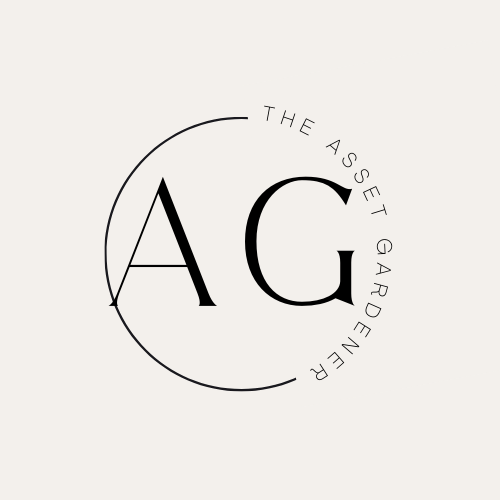
Understanding Employee Time Clocks: Why They Matter
At its core, an employee time clock is not just about punching in or out; it serves as a crucial mechanism in managing workforce efficiency. As remote and hybrid work models become the norm, understanding how to properly manage employee hours is essential for maximizing productivity.
Imagine a situation where 50 employees waste an average of thirty minutes daily—this could lead to over 13,000 unpaid hours annually. Without a reliable tracking system, businesses could face significant financial losses. An employee time clock helps navigate this challenge by offering insights into time management, which assists employers in making informed decisions.
Types of Employee Time Clocks and Their Features
The evolution of time tracking technology has introduced a variety of tools that can be utilized in the workplace. Employee time clocks generally fall into two categories: digital and biometric systems.
Digital time clocks provide ease of access through apps or web-based platforms, making them particularly beneficial for remote teams. Employees can log in from anywhere, ensuring their work hours are recorded accurately and in real-time. On the other hand, biometric time clocks offer heightened security by requiring unique physical identifiers—like fingerprints or facial recognition—making them effective in reducing buddy punching and verifying attendance on-site.
Ensuring Compliance and Fairness in Time Tracking
Understanding the legal landscape surrounding employee time clocks is crucial for employers. The primary rule is simple: be transparent and fair. Laws about time tracking can differ greatly depending on the region, yet the key points remain consistent—track employee hours accurately and obtain consent. Establishing clear policies that detail how time is recorded and reported will maintain trust between employers and employees.
Top 12 Tools for Optimizing Employee Time Tracking
As we've established, an effective employee time clock is essential for modern workplaces. But with numerous solutions available, which one works best? Here are some noteworthy tools that can streamline your time-tracking process:
- Time Doctor
- Toggl
- Clockify
- Harvest
- Hubstaff
- TSheets by QuickBooks
- Kronos
- Deputy
While the above tools are designed to facilitate management, employers must avoid common pitfalls such as over-complicating the clock-in process or neglecting employee feedback regarding time tracking methods.
Benefits of Implementing a Robust Time Tracking System
There are various benefits tied to using an efficient time clock system. For one, it can dramatically enhance payroll accuracy, saving time and reducing administrative errors. Additionally, it can boost employee morale by ensuring they are properly compensated for their work. With proper tracking, businesses can maximize output and address any discrepancies promptly.
Conclusion
In an age where work dynamics are continually shifting, employing a reliable employee time clock system is imperative. Whether you opt for digital or biometric solutions, the right choice depends on your team's unique needs, ensuring productivity is not only measured but optimized. Take this opportunity to evaluate which time-tracking method aligns best with your organizational goals.
 Add Row
Add Row  Add
Add 




Write A Comment